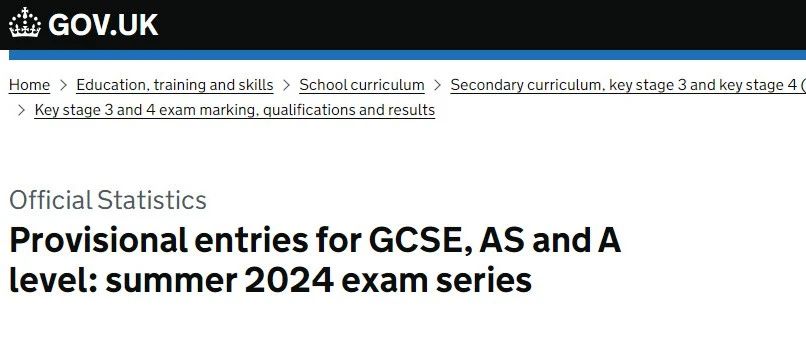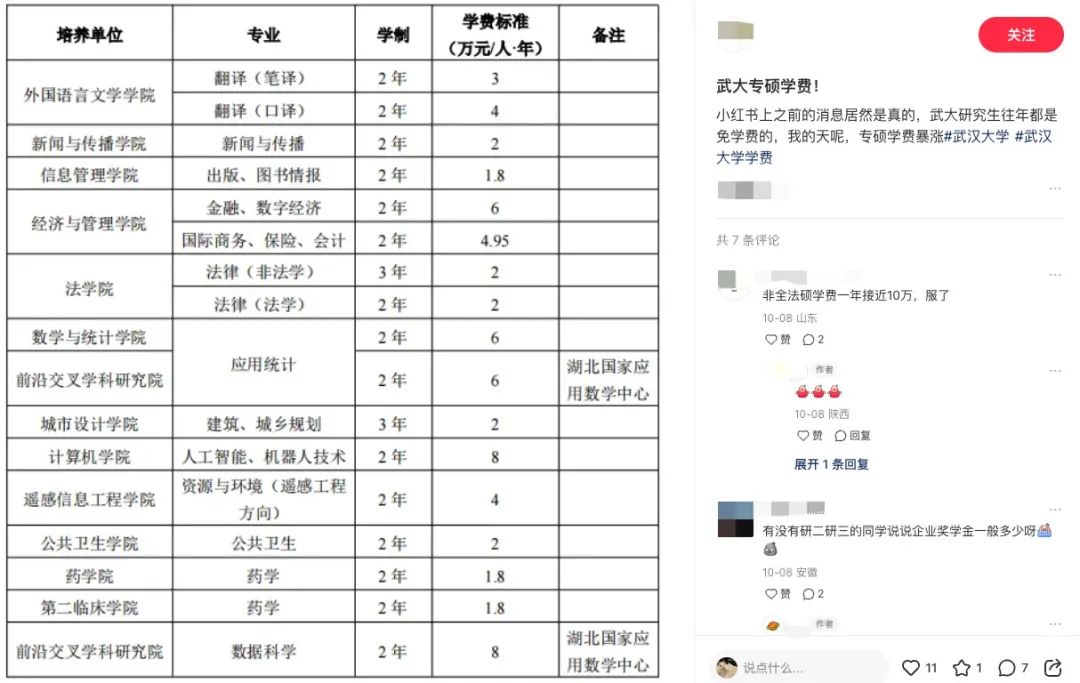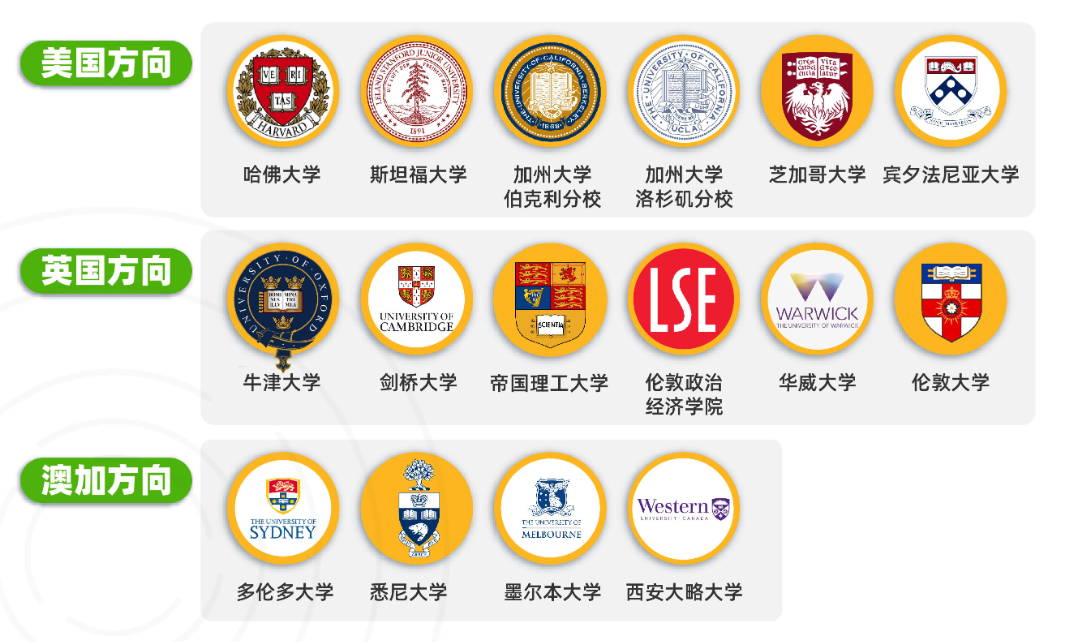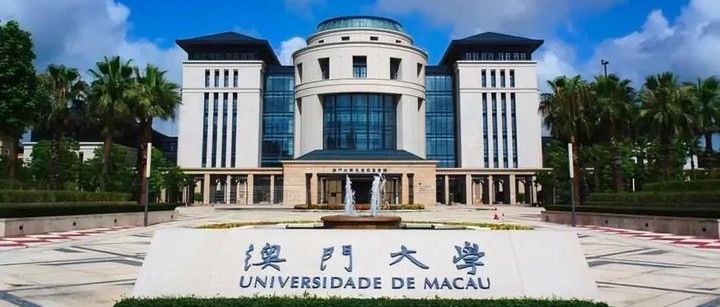近日,多所UC系大学相继宣布实施“专业收紧令”,限制学生就读一些高需求和高筛选性专业,为州内和州外学生设置截然不同的转专业申请门槛。新政一出,“曲线救国”还有可能吗?今天,老师就带大家来了解其中的详情。
UCB更新高需求专业名单
2024年4月23日,加州大学伯克利分校(UCB)发布了一份高需求专业(High Demand Majors)清单,其中包括艺术实践、心理学、媒体研究、公共卫生、社会福利、政治经济学、运筹学研究和管理科学等等。


政策显示,如果想要就读高需求专业,最好在申请之初便申报,这样确定就读这些专业的机会最大。
如果想入读L&S学院之后,再“曲线救国”转入这些专业的话,都需要经过严格考核,并且UCB不保证通过考核就一定存在转入的名额。

因此,对于想要在UCB就读的学生,一定提前留意未来想要就读的专业是否在高需求专业名单中。
Tip:“高需求专业”名单仅针对开设在UCB最大的学院——文理学院下的专业。去年在名单上的CS、统计学等热门专业现在已经不属于文学理学院旗下,被放在UCB新开设的学院“College of Computing, Data Science, and Society”中。
UCSD发布高选拔性专业名单
与此同时,2024年4月24日,同为UC系的加州大学圣地亚哥分校(UCSD)也在官网发布了一批“高选拔性专业”(Majors with Selective Status)名单,包括数据科学、公共卫生、生物工程、化学工程、计算机科学与工程、电气与计算机工程、机械与航空航天工程、纳米工程、结构工程等等。这些都是UCSD的优势专业,也是中国留学生非常热衷申请的专业。

校方明确指出,从2025年夏季开始,目前在校学生要想转入上述“高筛选性专业”,每年仅有一次申请的机会(夏季学期和秋季学期之间)。而想要转专业的在校生必须完成相关的必修筛选课程并保持良好的学业成绩。
此外,学校还将优先考虑录取加州州内学生、第一代大学生和低收入家庭学生。
具体积分标准如下:
●专业筛选课程中获得3.0或更高GPA,得1分;
●加州居民,得1分;
●第一代大学生,得1分;
●拥有Pell助学金资格,得1分。
学校将按分数高低进行录取,直至名额满额。对大多数中国留学生来说,这意味着在UCSD转入高筛选性专业的机会变得非常低——留学生作为州外学生,没有加州居民身份;Pell奖学金,只发给美国公民或合格的非公民;初代大学生,特指美国初代大学生群体,基本积分上限有且仅有1分。
因此,即便你GPA为4.0,其转专业的优势也不如GPA为3.0的州内第一代大学生。

▲网友在College Confidential社区吐槽↑
虽然这些规定只适用于已经在加州大学圣地亚哥分校注册的学生,但这些规定标志着UC系列院校正在逐渐将生源中心转向加州州内学生服务,而不是为国际学生服务。
UC系列院校逐渐偏向加州学生
官方表示,近年来UC系大学国际学生人数不断增长,制定新规是为了保证在读学生的就读体验,顺便提升一下加州本地学生的申请优势。
根据加州大学的招生数据显示,截至2007年,本科国际生总数还不到3,000人,但到2021年,这一数字迅速飙升至10,000多人。国际生人数逐年攀升,于2019年达到最高峰27,183人。
面对逐年增高的国际生人数,UC系列院校不得不采取措施。于2020年开始,加州大学系统招生方针变发生明显的转变,开始优先考虑加州当地的居民而不是国际生。因此,UC各校纷纷发布了自己的“高需求”和“高筛选性”专业名单,也是可以预料的事情。
其它UC院校限制专业名单:
-UCLA:音乐;艺术与建筑;戏剧、电影和电视;护理学
-UCSB:音乐和舞蹈;创意研究学院的所有9个专业;工程学院的所有5个专业
-UCSC:计算机科学
UC院校曲线救国还有可能吗?
2025学年的入学申请即将开启,对于中国学生来说,如果有意向就读加州系院校的热门专业,就要早做准备,提前做好申请规划。
今天,老师从他多年的留学经验来分析,目前新规政策下“曲线救国”的可行性。
Given the increasingly challenging admission process at top UCs like Berkeley and UCLA, it's inevitable that students should steer clear of applying directly to High Demand Majors. Statistically speaking, gaining admission to UC Berkeley is as tough, if not tougher, than gaining admission to Cornell for the Class of 2028. Over the past several years, all of my students who successfully gained admission to top UCs applied for majors not included in the list of High Demand Majors. For instance, they pursued majors such as Architecture and Environmental Science at Berkeley, and Physics & Dancing at UCLA.
Since the enactment of the 2030 UC Goal legislation, we've observed its impact on international applicants, particularly at Berkeley and UCLA. As we approach the year 2030, I foresee more campuses adopting this approach, which will make it increasingly challenging for international applicants, including those from China, to secure admission to these top schools and their preferred departments/majors.
However, it's not all gloom and doom. Based on past experiences, the financial stability of California will play a significant role in determining how UCs approach the admission of international students. International students have long been a substantial financial pillar for the system, as they pay three times the tuition fees and do not utilize financial aid. Therefore, if the Californian economy were to decline over the next couple of years, perhaps due to the burst of the A.I. bubble, there's a good chance that UCs will once again become more accommodating to international students, as was the case during the sub-prime crisis in the late 2000s.













